When Paul Atreides moved from his home planet of Caladan to Arrakis, his life changed in countless ways. His dad died, he met a girl, and he… maybe became a dark messiah who will be responsible for the deaths of 61 billion people. But the most immediate change for Paul was that he moved from a gorgeous planet with oceans and cliffs to Dune, which is just a giant desert. That sucks.
With all due respect to Chani and the rest of the Fremen who find beauty in the sands of Arrakis, not all single-biome planets are created equally. Frank Herbert’s Dune may have come first (and Isaac Asimov had an all-city planet in Foundation before that), but Star Wars is responsible for making the idea of a one-biome planet such an enduring sci-fi trope. Certain planets are more scientifically likely than others — you only need to be too close to a star to be a desert, whereas an entire planet covered in forests strains scientific credulity — and certain types have been more represented in fiction than others.
Which biome is the best, though? If you are a resident of a galaxy (far, far away or otherwise), which type of planet would you want to call home? Here’s a ranking of single-planet biomes from worst to best. (The major examples of notable single-biome planets will guide this ranking, but vibes are just as important. For example, Namek from Dragon Ball Z appears to have only one biome, but it’s unclear what to categorize it as other than “Namek,” so it’s out. With that all said, let’s embark on an interstellar real estate tour.)
12. Swamp planets
Image: Lucasfilm
Notable example: Dagobah (Star Wars)
Absolutely not. An entire planet of gloom, sludge, and omnipresent alien mosquitoes? There are other biomes that are essentially uninhabitable, but that’s preferable to living in a planet-spanning swamp. Yoda really was punishing himself when he decided to seclude himself on Dagobah of all the planets in the galaxy. Seeing as I have not allowed an evil Sith emperor to overthrow a republic and kill a bunch of younglings in the process, I will not be torturing myself by living on a swamp planet.
11. Evil planets

Image: Jack Kirby/DC Comics
Notable examples: Exegol (Star Wars), Apokolips (DC), Giedi Prime (Dune), Salusa Secundus (Dune)
Is “evil” a biome? Certainly not in the sense of geography or ecology. But how would you describe Exegol from Rise of Skywalker, or DC Comics villain Darkseid’s homeworld of Apokolips, other than just calling them “evil”? You would think evil planets would be the worst biome (or whatever) for a single-biome planet, but consider this: What if I’m evil? Maybe I’m into that sadistic S&M-influenced life. If nothing else, maybe I can be just a face in the crowd watching black-and-white Austin Butler do a gladiator fight. By definition, living on an evil planet wouldn’t be good, but maybe it could be OK if you leaned in. Still better than a swamp planet, in any case.
10. Ice planets

Image: Lucasfilm
Notable examples: Hoth (Star Wars), Starkiller Base (Star Wars), Jotunheim (Thor), Mann (Interstellar)
A wintery planet doesn’t sound so bad, but the frosty single-biome planets we see in pop culture tend to be more desolate, frozen waste than cozy planet-wide ski resort with northern lights and hot cocoa. Maybe I could get behind Starkiller Base if there was infrastructure to get me out of the cold, but broadly speaking I would rather live someplace where getting shoved into the guts of a recently slain Tauntaun for warmth isn’t necessary. I totally get why Matt Damon lied in Interstellar. I’d want to get off of that planet, too.
9. Lava planets
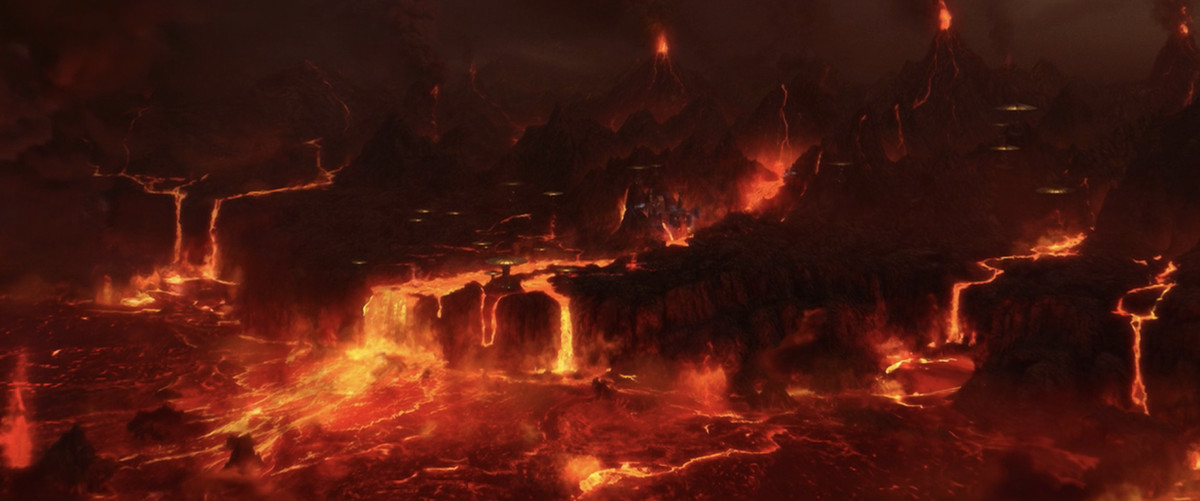
Image: Lucasfilm
Notable examples: Mustafar (Star Wars), Melty Molten Galaxy (Super Mario Galaxy), Nevarro (The Mandalorian)
Here on Earth, volcanoes can eventually lead to beautiful island chains, like Hawaii, or habitats more austere but just as striking, like Iceland. In fiction, a lava planet is just nonstop magma and smoke. It seems dangerous and not fun — I am not like Mario, and I don’t just bounce on my bottom three times when I fall into lava. I’m more like Anakin Skywalker, in that I’ll be horribly maimed. The only possible case for lava planets would be something like Nevarro, as seen in The Mandalorian, which appears to be a less actively, uh, active volcano situation. Even so, I like my other options better.
8. Garbage planets
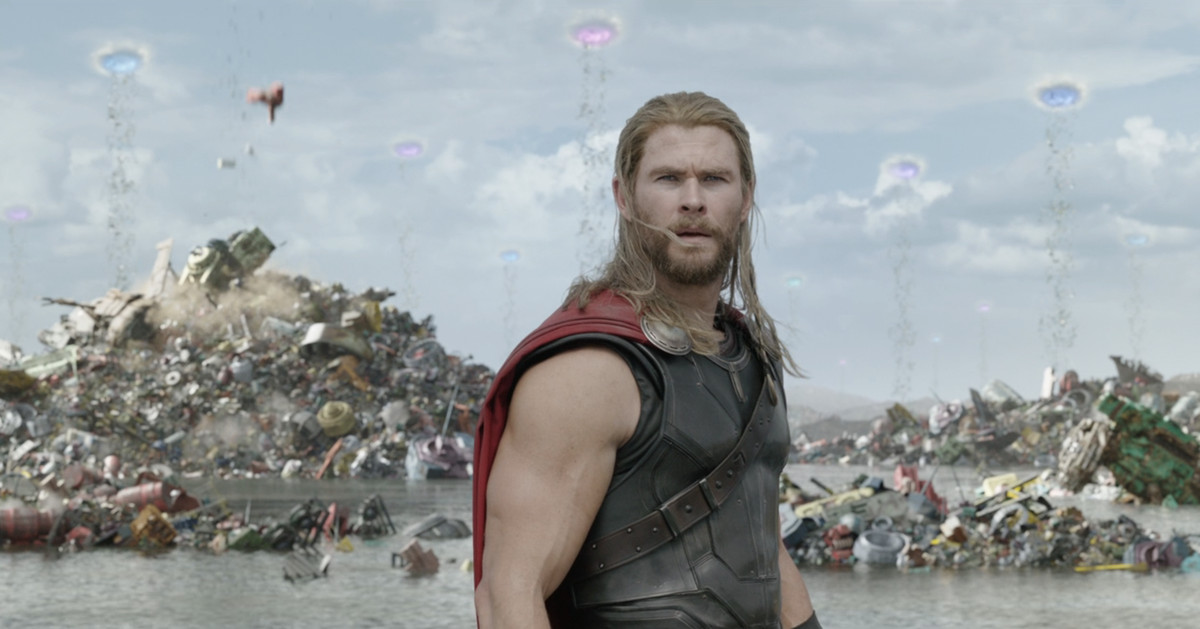
Image: Marvel Studios
Notable examples: Sakaar (Thor: Ragnarok), Karthon (The Mandalorian), Earth (WALL-E), Planet of Junk (Transformers)
A real “bless this mess” type of situation. A planetary trash heap is a failure of a biome, actually, and according to the first 20 minutes of WALL-E, that could be our own planet’s future (makes you think). Life on a garbage planet wouldn’t be without perks, assuming you could scavenge what you needed — one alien’s trash is another alien’s treasure — but there’s no glamour on a garbage planet. Even the Grandmaster’s swanky digs on Sakaar are kind of, well, trashy.
7. Ocean planets
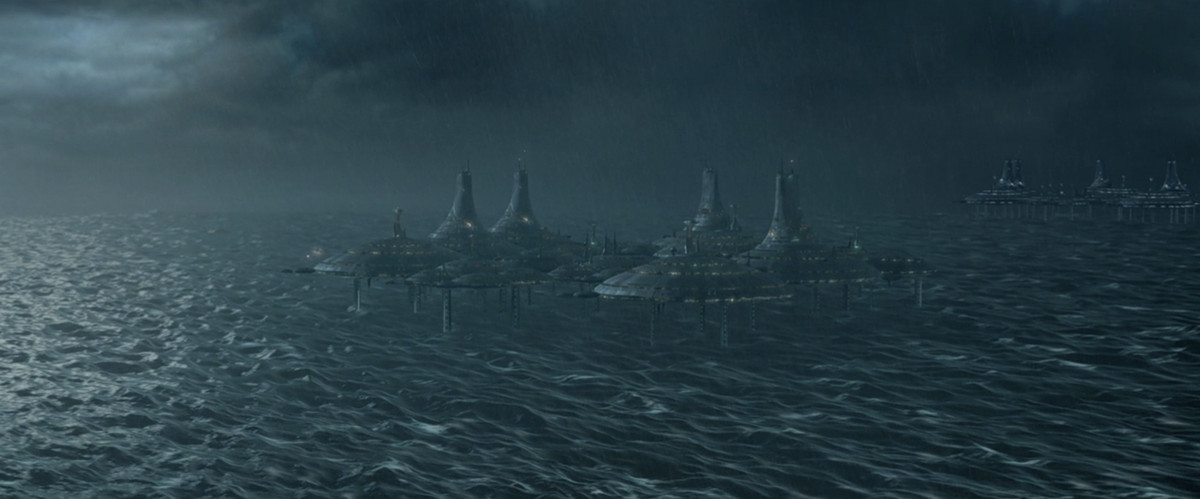
Image: Lucasfilm
Notable examples: Kamino (Star Wars), Mon Cala (Star Wars), Scarif (Star Wars), Earth (Waterworld), Miller (Interstellar)
If I were an aquatic creature who could breathe water, then maybe ocean planets would be higher up on this list. The sea is great, but it’s also a little scary — especially when there is little or no dry land. If you want the wave and surf, there are better options than a planet that’s 100% ocean. Add a few tropical islands and you could have something like Scarif, which is delightful except for the whole Imperial base thing. Waterworlds, no offense to Kevin Costner, won’t cut it.
6. Desert planets
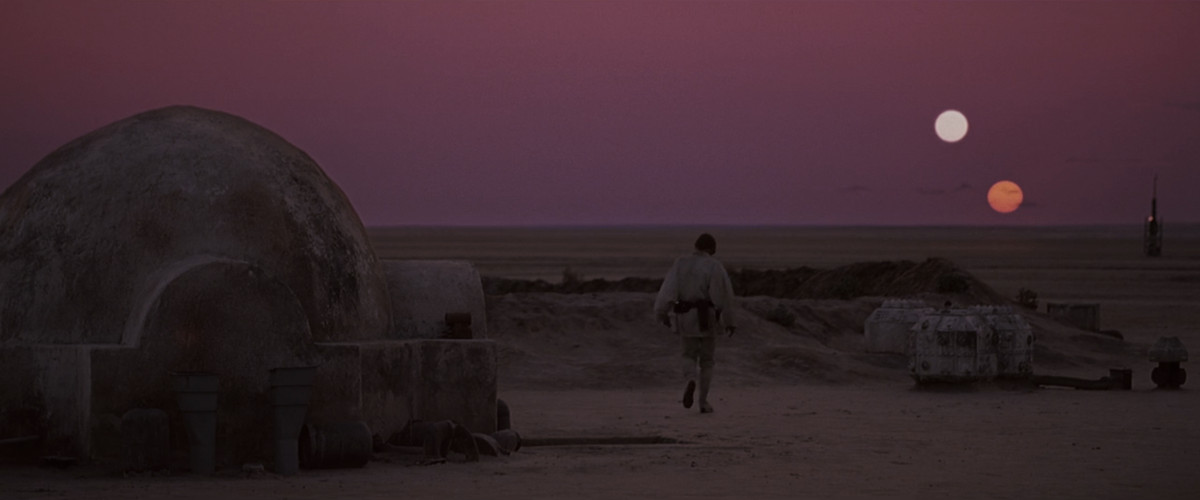
Image: Lucasfilm
Notable examples: Tatooine (Star Wars), Jakku (Star Wars), Jeda (Star Wars), Arrakis (Dune), Epsilon Gorniar II (Galaxy Quest)
Desert planets are surprisingly high on this list, flying in the face of how the most famous residents of desert planets (Anakin and Luke Skywalker) wanted nothing more than to get off of them and go somewhere better. Sure, that’s what Luke was thinking about as he looked at the horizon while “Binary Sunset” played, but how gorgeous was that sunset? Chani was right when she said her planet was beautiful. The desert is harsh and unforgiving, but if you find a way to survive the sands, there’s a lot to appreciate. It’s hard to be too negative on any biome that produced a swingin’ cantina with Figrin D’an and the Modal Nodes playing live music. Desert planets aren’t the best biome, but they’re not all bad, either.
5. Cloud planets

Image: Lucasfilm
Notable example: Bespin (Star Wars)
Although gas giants like The Empire Strikes Back’s Bespin are pretty common as far as real-life planets go, they are not ideal candidates for living on, on account of there not being any ground. The gorgeous views of Cloud City are great, but you’re really trapped in what’s actually not that big of a space station — especially compared to city planets. (Not to mention that there’s always the risk that the entire structure will fall out of the sky if something goes wrong.) Even if you were to take to the air to fly around, there’s nowhere to go and nowhere to land, and the scenery is just more of the same clouds. A cloud planet is lovely but limiting.
4. Forest planets
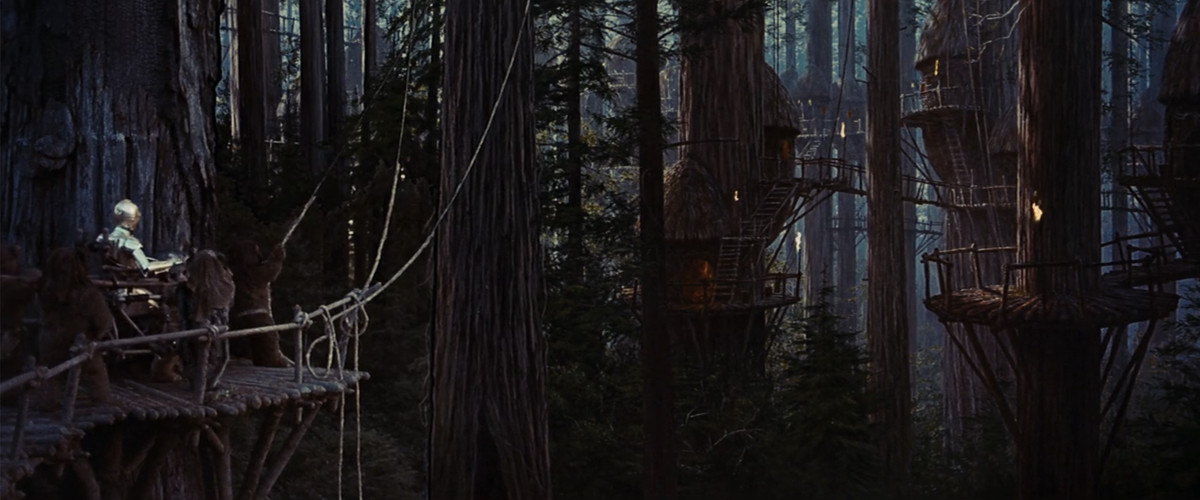
Image: Lucasfilm
Notable examples: Forest Moon of Endor (Star Wars), Felucia (Star Wars), Kashyyyk (Star Wars)
Most of the forest planets of pop culture tend to be fairly light on civilization, so they’re really only an option if you’re all about that camping lifestyle — or at least the aesthetic. The Wookiees are closer to glamping than the Ewoks are, so there’s some variation. In either case, you’re getting lots of greenery and fresh air. For our purposes, “jungle planet” is a subsection of forest planets because there are surprisingly few examples of the former. But in any case, a jungle planet seems a bit worse than a forest planet — all the downsides plus the humidity.
3. British Isles planets

Image: Warner Bros.
Notable examples: Ahch-To (Star Wars), Aldhani (Andor), Caladan (Dune)
This is (one of the ways) to do an ocean planet right: Add some islands, steep cliffs, and windy vistas. Luke Skywalker chose a much, much better biome to decamp to than Yoda did when he took up residence on Ahch-To. On the Star Trek: The Next Generation episode “Sub Rosa,” a bunch of aliens terraformed a planet to look like Scotland because they really liked Scotland. See? I’m not alone in liking this landscape!
2. Vacation planets
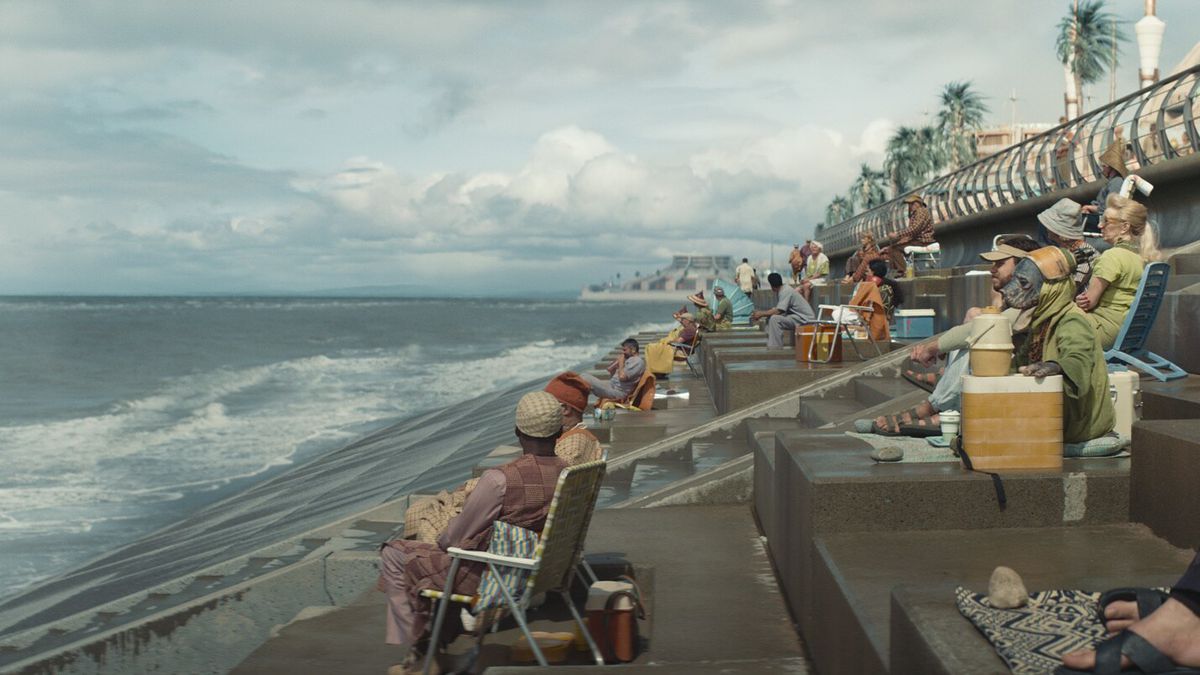
Image: Lucasfilm
Notable examples: Niamos (Andor), Risa (Star Trek), Beach Bowl Galaxy (Super Mario Galaxy)
You’re probably asking, “Why isn’t this No. 1?” By all accounts, a planet built entirely for relaxation and sea views should be just what the real estate agent ordered. Risa is so appealing it even entices Starfleet’s worst workaholics. Niamos isn’t quite as warm as some of the other planets of this archetype, but my god, the clubbing scene! The music! The problem is that a vacation loses its impact when it’s forever. Vacation paradise planets surely have the best biome to visit, but not to live in.
1. City planets
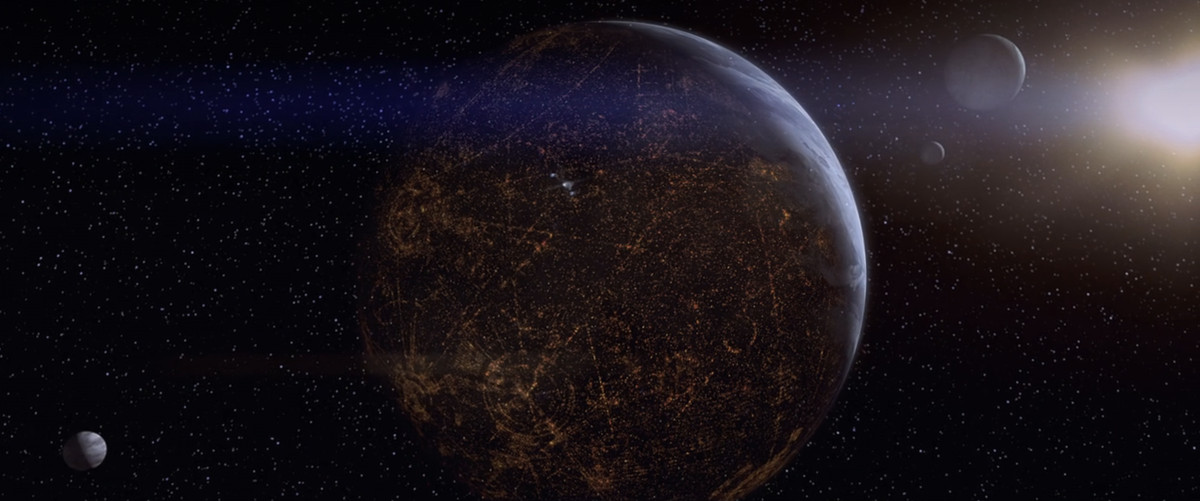
Image: Lucasfilm
Notable examples: Coruscant (Star Wars), Trantor (Foundation), The Sovereign Homeworld (Guardians of the Galaxy Vol. 2), Cybertron (Transformers)
Frank Sinatra — who was kind of the Max Rebo of Earth music — famously said, “If you can make it here, you can make it anywhere.” He was talking about New York, but the sentiment is especially true for city planets.
The thing that makes city planets the best single-biome planet is that they have the potential to subvert the core concept. A desert in one hemisphere of a desert planet can’t be too different from one in the other hemisphere. Meanwhile, the possibilities are endless in a metropolis that spans from pole to pole. Anybody who has ever lived in a big city will tell you about how different neighborhoods can be from one another. Imagine if you had an entire world of boroughs to explore.
Ideally, you can go visit other single-biome planets when you want, but even if you’re stuck on-world, the sheer potential inside a global concrete jungle makes city planets better than literal jungle planets — or any other type.

